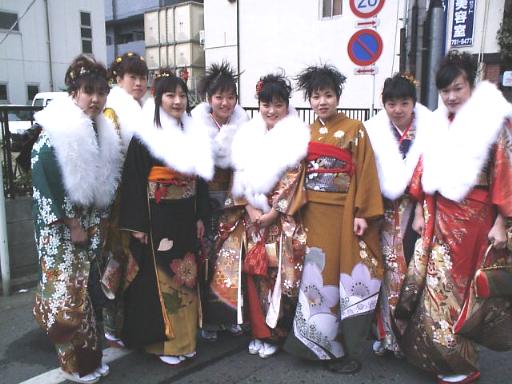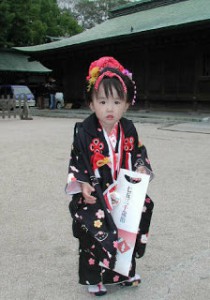Müzakirə

International Multicultural Network has appointed Mrs.Rima Mammadova as its International Relations manager.
Mrs. Rima Mammadova has graduated from Azerbaijan University of Languages with Bachelor degree in English and received her MBA from Azerbaijan State Economic University in 2010. Currently she is doing her PhD at Khazar University and her research is on “Improvement of Human Resource Management in Private Higher Education.”She won an eleven-month scholarship within the framework of the ELECTRA project of the Erasmus Mundus program and did her research at the University of Minho in Braga, Portugal as an exchange PhD student during 2013-2014.
She has nine years of professional experience in administration. In addition, she has considerable experience working with non-governmental organizations and leading various projects. She was a winner of the grant announced by Civic Activist Network sponsored by National Democratic Institute in June 2012, in which she was an author and a project manager of “Integration of Orphans into their Community.” The main purpose of the project was to help children from orphanages to integrate into their communities. Currently, she is also managing two projects: “The Establishment of a Foundation for the Integration of Disabled People into HEIs of Azerbaijan” (ESFIDIP) Tempus project and “Advocacy Establishment for Students through Ombudsman Position” (AESOP) Erasmus+ project.
IMN Country Representative for Philippines,
Darin Jan Cansino Tindowen!

Mr. Tindowen is Doctor of Philosophy in Education, Saint Paul University Philippines. He graduated the Bachelor degree of Arts in Philosophy and Interdisciplinary Studies at Saint Louis University in Baguio City in 2013. He also graduated his Master’s degree in Religious Education at Saint Paul University Philippines in Tuguegarao City last March 2015.

“These relations are not relegated to arms and oil only. Ties include numerous endeavors, including in the realms of energy, arms, but also in agriculture, technology and perhaps, most importantly, in politics and diplomacy, inter-religious and inter-ethnic relations and on and on,” Murinson says. “There are many positives to highlight regarding Azerbaijan and Israel, not the least of which is that these two nations prove the viability of a Jewish state and a Muslim-majority state serving as true and steadfast allies to one another and that Muslims and Jews can, indeed, coexist. It is not simply a matter of just “getting along,” but thriving with and because of the other.”“The reality is that roughly 800,000 Jews lived in Azerbaijan prior to the fall of the Soviet Union. The Sephardic portion lived in Azerbaijan for the last more than 1500 years—since the Babylonian exile. The other segment of Jews, the Ashkenazi, live mostly in Baku and arrived fleeing Tsarist and Bolshevik pogroms,” the article says.

 We are pleased to announce the appointment of Mrs.Aygun Babazade as Marketing Manager of International Multicultural Network.
We are pleased to announce the appointment of Mrs.Aygun Babazade as Marketing Manager of International Multicultural Network.
We wish to congratulate you on your new appointment as IMN Country Representative in Indonesia and we take this opportunity to look forward in working closely and strenghten the cooperation with our network.We are sure our cooperation will continue to be fruitful in the future.

![]()

Seijin No Hi is the first holiday of the year after New Year’s is all over. It is for all the women who have just become legal adults (age 20), and most families buy a kimono for their daughter. The typical kimono is 300-400 thousand yen, but much more extravagant kimono can be even as high as a million yen each. On the day the young lady will typically go to a nearby Shinto Shrine and pray for health, success, money, etc. It’s one of the few times you will see anyone wear a kimono — except for the grannies running around going to study or teach tea ceremony. The other occasions are graduation from a college, and once in a while at a wedding.
![]()


The Shichi Go San or 7-5-3 Festival is one of the uniquely Japanese festivals. Boys who are 3 and 5 years old, and girls who are 3 and 7 are taken to a shinto shrine, often in their first kimono, and the parents pray for their continuing good health and prosperity. The numbers, especially 3 and 7, are lucky numbers in Japan, and until the 20th century Japan was a thoroughly feudal nation with a higher childhood mortality rate. Since bacterial pathology was then unknown to them they often blamed death on evil spirits, and when the kids became 3, 5, and 7 years old they thanked the gods for their children’s good health. A sweet candy called chitose-ame is also often bought for them, in a bag with cranes and turtles, 2 more symbols of long life. Other gifts are also given to them, as you can see some samples like the Japanese animation cat Doraemon.